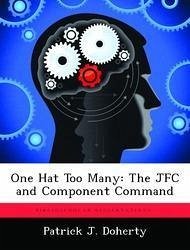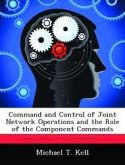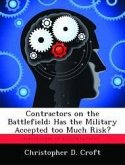The joint force commander (JFC) and his staff are increasingly challenged with emerging complexities of the 21st Century security environment. The purpose of this paper was to analyze the joint force command environment, trying to assess the factors that influence a JFC's ability to effectively prosecute dual-hatted responsibilities. More specifically, the research investigated to determine whether it is in the best interest of the joint force and the overall objectives of the theater campaign to have a JFC dual-hat himself as a subordinate functional or Service component commander in a major theater of war. The analysis started with an examination of the commander in chief's (CINC's) environment by way of legislation, doctrine, and international developments. The purpose of this analysis was two-fold: First, to make the reader clearly aware of the JFC's complex environment, to include the CINC's roles and responsibilities; Second, to highlight the preeminent task of organizing an effective command and control (C2) structure for the entire force. The analysis then proceeded to look at the true aim of an effective C2 structure: the ability to empower the decision-maker and his staff with superior situational awareness and an ability to make better decisions faster than the adversary. Situational awareness (SA) is the dominant feature that gives a JFC the ability to comprehend and predict future actions within his theater. A C2 structure that enables high SA acknowledges the cognitive limitations of humans and sets an acceptable span of control that optimizes the workload of the JFC and his staff. The analysis concluded with historical examples of three JFCs who dual-hatted themselves as subordinate component commanders. The issue was and is one of effectiveness for a JFC. The JFC can help his cause by maintaining a theater perspective through organizing an effective command and control structure that embraces the complexities of his environment. The JFC and his staf








